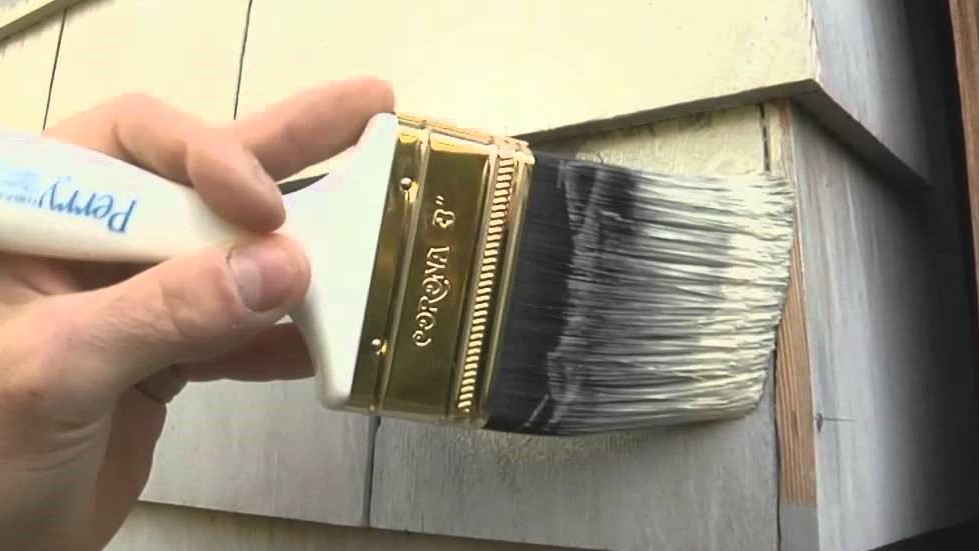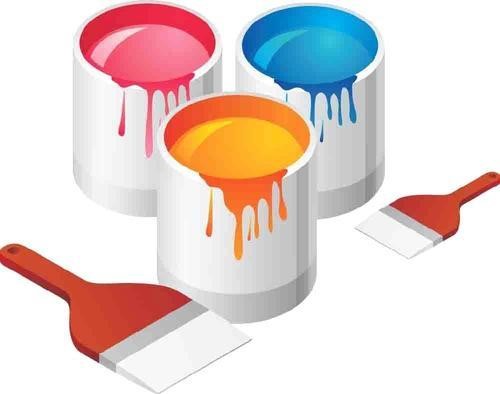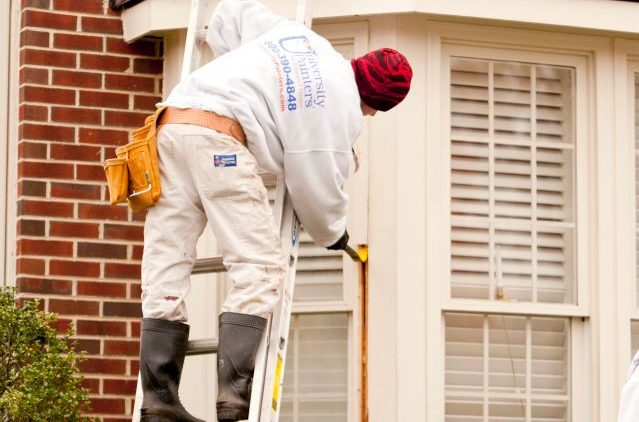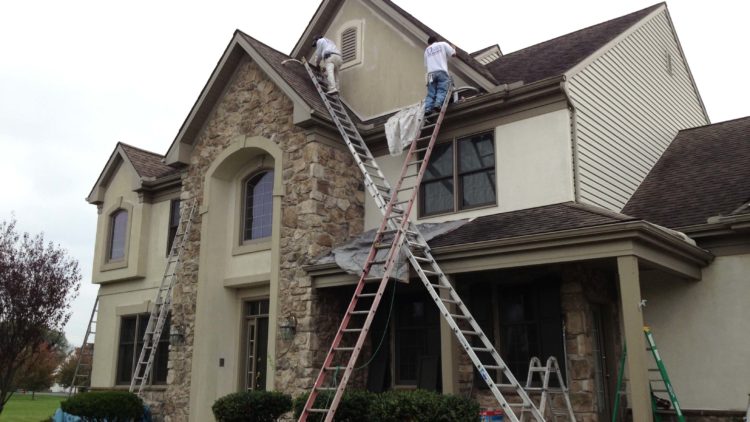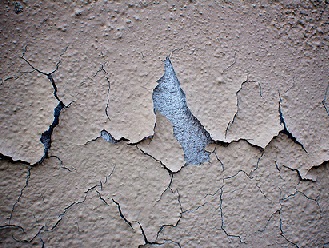Preparing to Paint
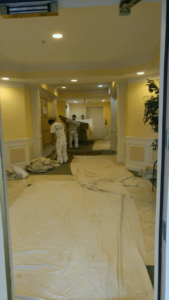 Fall is a great time to refresh your home’s interior. The weather is cooler and it’s an opportunity to get ready for the upcoming holiday season. The time it takes to prepare properly is well worth it when you see the results.
Fall is a great time to refresh your home’s interior. The weather is cooler and it’s an opportunity to get ready for the upcoming holiday season. The time it takes to prepare properly is well worth it when you see the results.
Furniture
If at all possible, remove the furniture from the room and cover the floor with a drop cloth. If you can’t take all the furniture out, push everything into the middle of the room and cover with plastic or another drop cloth.
Cleaning
Before you paint, clean your windows inside and out. It isn’t necessary for painting, but it will add to the freshness of the room. You can also check the frames and glass for any signs of wear or damage. When the windows are done, cover the glass with plastic using painter’s tape to protect them from drips and splatters.
Repair any cracks, chips, or other damage to your walls. If you have to use putty to fill holes, make sure you sand it smooth. If you don’t, you’ll see the outline under the paint. Dust the walls and ceiling if you plan to paint it. Wash the walls with warm water and a little mild cleaner. By removing the dust first, you avoid creating dirty streaks when you wash the walls. Vacuum any vents in the ceiling or in the floor.
Taping
The best order for painting is trim, ceiling, and walls. Tape around the trim and around the ceiling, then paint. Let the ceiling paint dry completely before taping the top of the walls. Some people hate taking the time to tape, but it saves time and creates a finished look.
Painting
If the current wall color is very dark and you’re applying a lighter color, prime the walls first. However, some brands of paint include primer or the texture makes primer unnecessary. Using a small brush, cut into the corners of the room, where the ceiling and wall meet, and around the trim. Do this for any place your roller won’t be able to reach. Paint the walls using a “W” pattern starting in one corner and covering a 3′ x 3′ area. This reduces visible seams where the paint overlaps.
Drying
Most latex paint dries to the touch in a few hours, but you shouldn’t let anything rest against the wall or wash it for at least 48 hours.
The professionals at University Painters take the time to prepare every surface in your home to achieve the best results. Call us today and schedule your fall refresh today.

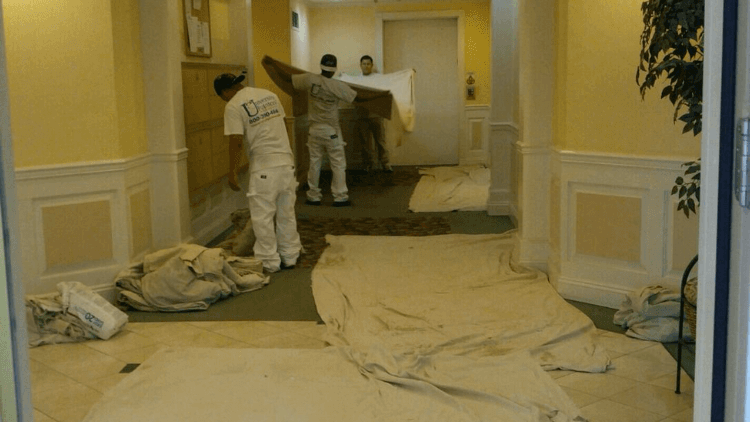
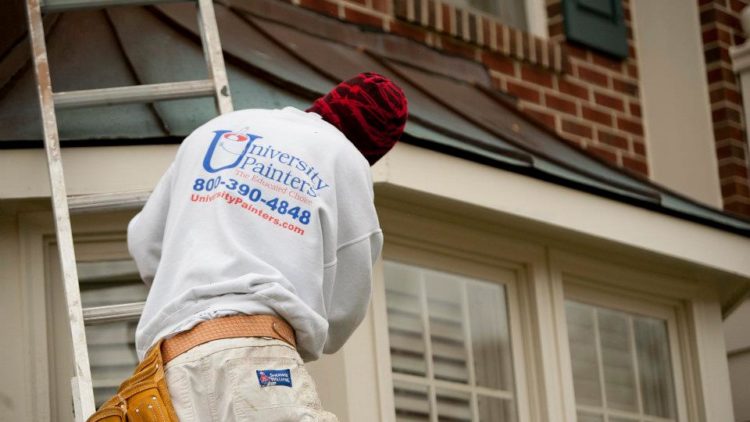
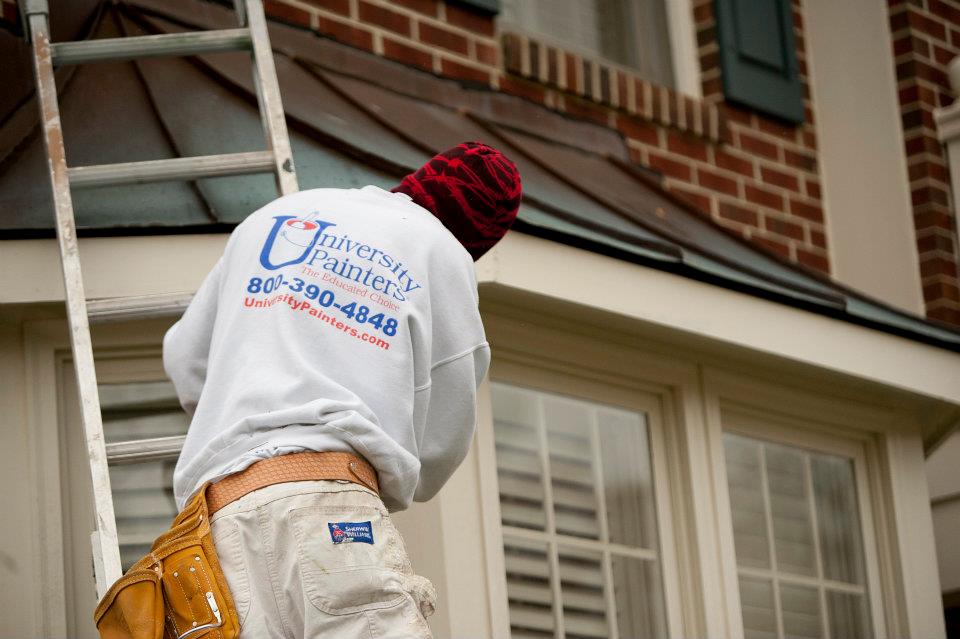 You’ve finally decided it’s time to spruce up the outside of your
You’ve finally decided it’s time to spruce up the outside of your 
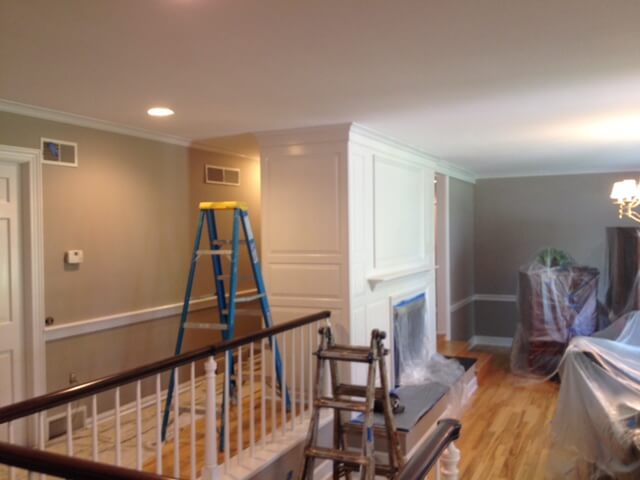 If you’re a homeowner, chances are you’ll have to deal with water damage at some point in the life of your
If you’re a homeowner, chances are you’ll have to deal with water damage at some point in the life of your 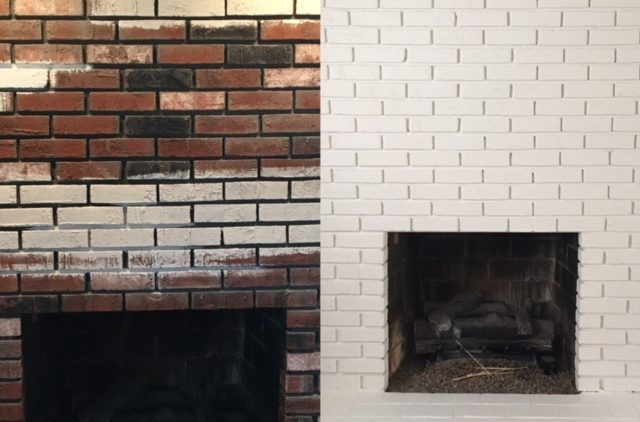
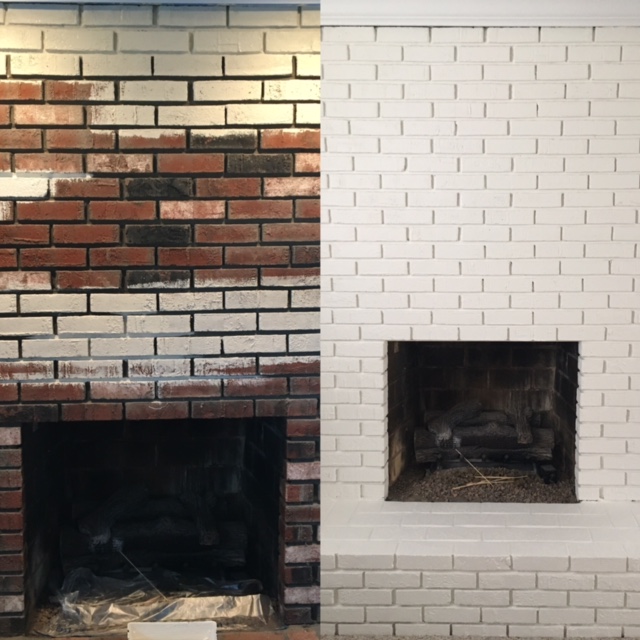 Painting
Painting